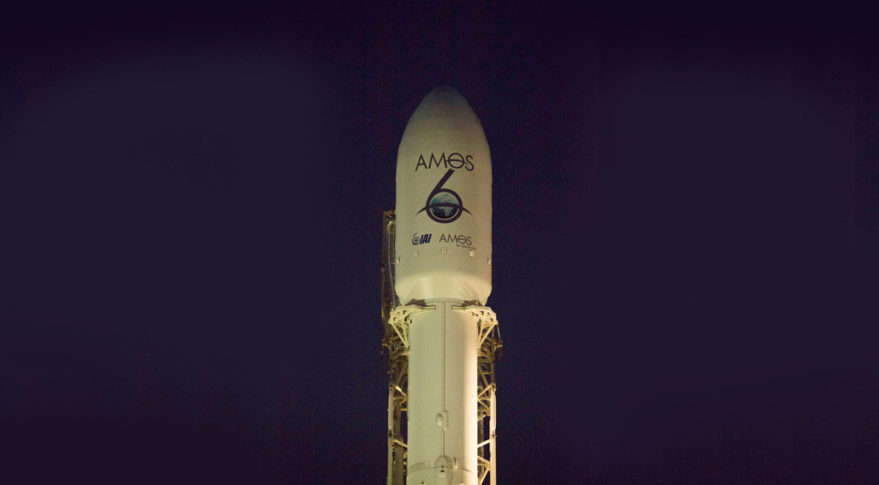The company SpaceX called the cause of the explosion Falcon 9 on the launch pad

Yesterday, SpaceX announced the official version of the reason for the explosion of the Falcon 9 rocket on the launch pad on September 1 this year. The main version of the incident is a crack in the supply system of heated helium in a tank with liquid oxygen for pressurization, which was installed on the second stage of the rocket.
At the same time, SpaceX spokesman Dex Torrike-Barton refused to specify what exactly could have caused the crack.
The official SpaceX website reports the following:
At this stage of the investigation, a preliminary analysis of the data and the wreckage showed that there was a significant damage to the cryogenic helium system of the pressurization of the second-stage liquid oxygen tank.
During the investigation, experts studied data obtained not only from numerous video cameras, but also from approximately 3,000 different technical sensors. In total, to identify the causes of the explosion, it is necessary to analyze an extremely short time interval of 93 milliseconds.
Most of the missile fragments were collected, photographed, cataloged and are now in the same hangar to establish the final causes of the incident.
So far, the investigation has obtained only preliminary results and the version of the problems in the helium supply system is not final.
Damage to the launch pad LC-40, which SpaceX rents from NASA for its launches from Cape Canaveral, was also assessed. According to experts, the site is to be restored and repair work has already begun, but when it will again be possible to launch rockets from it is not specified.
No connection with the accident that occurred in 2015 was revealed. Then the Falcon 9 rocket exploded in the air two minutes after the launch. As a result of the disaster, the cargo for the ISS was lost, including the new gateway of the Boeing production station.
The SpaceX Falcon 9 rocket exploded at the launch site at Cape Canaveral on September 1 of this year during preparation for launch. It was to put an Israeli-made Amos-6 commercial satellite into orbit, which was to replace its predecessor, Amos-5. Resource Amos-5 was developed already this year. In addition, the launch of Amos-6 was postponed from 2015 to 2016, that is, a successful start was crucial for Israelis and Facebook, which also had to gain access to the Amos-6 facilities for its Internet.org project.
SpaceX is planning to resume flights of its rockets in November of this year.
